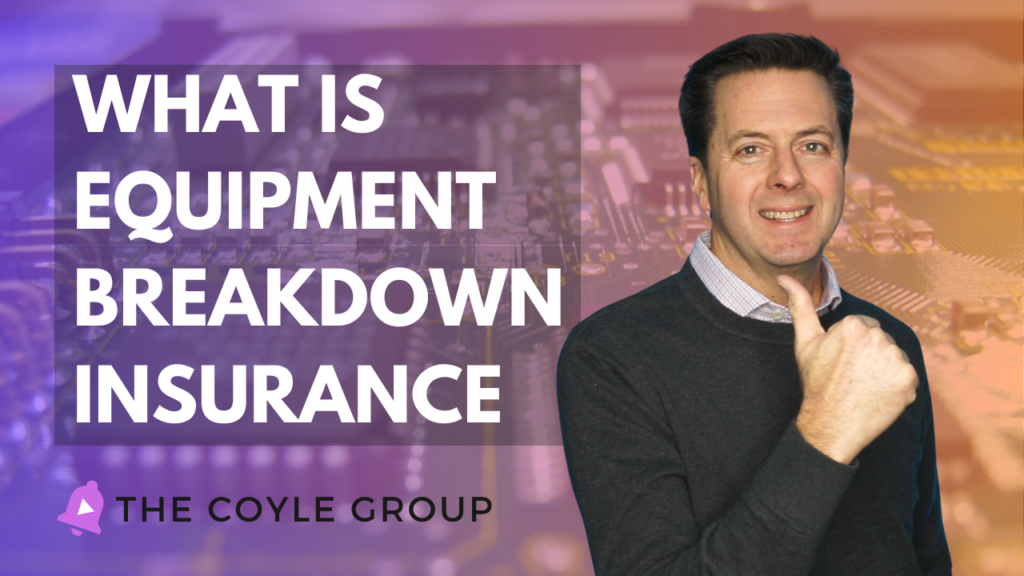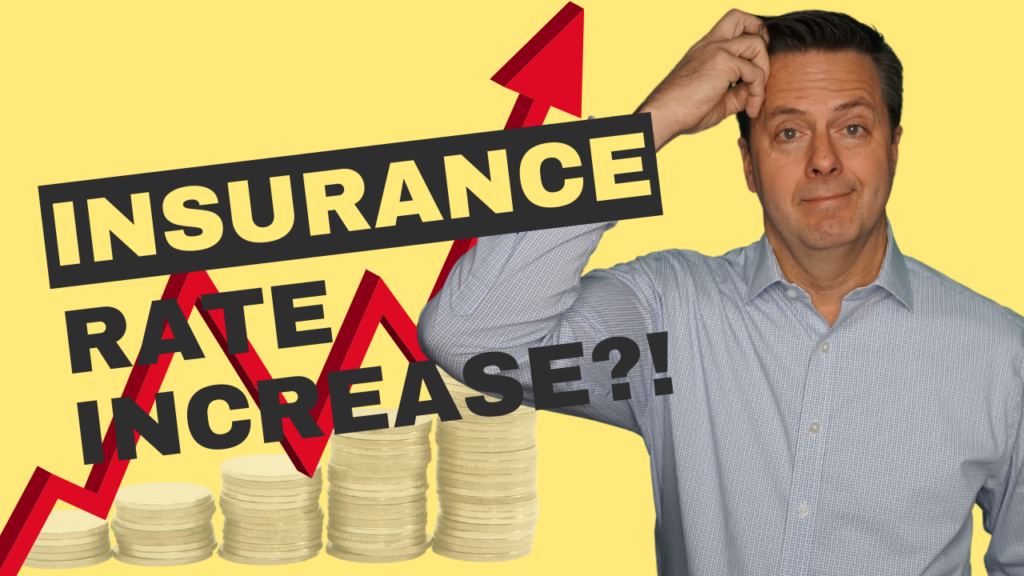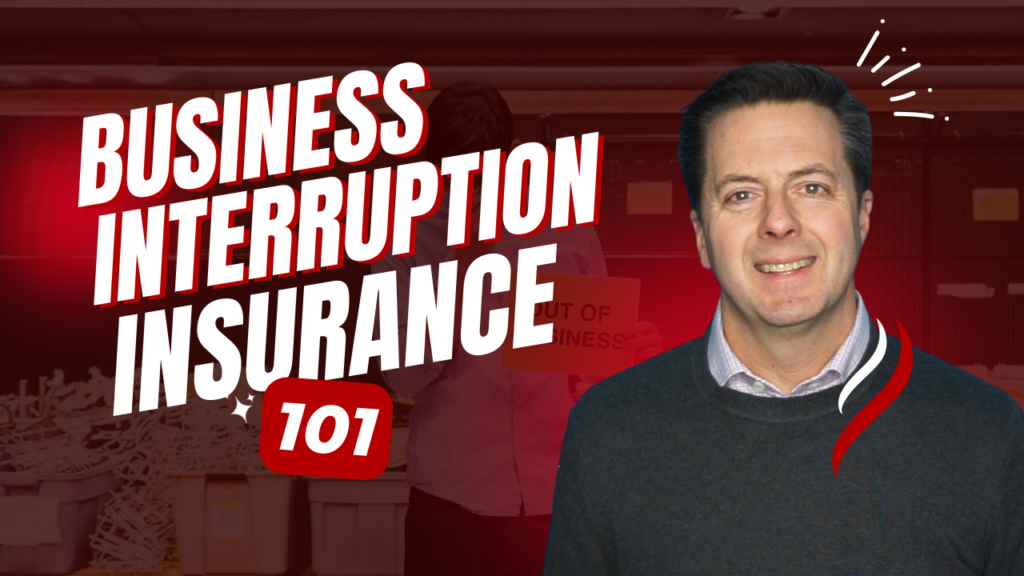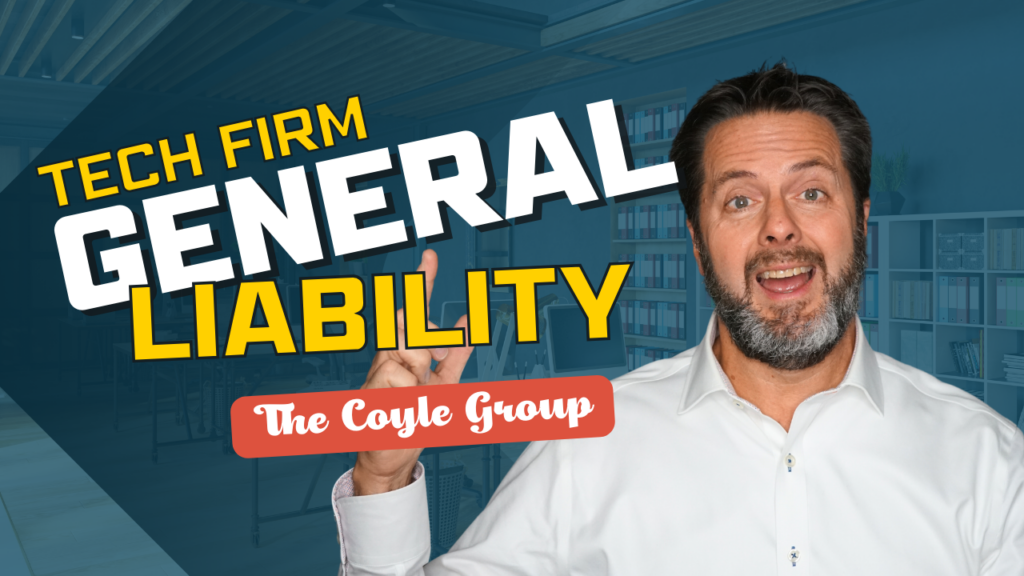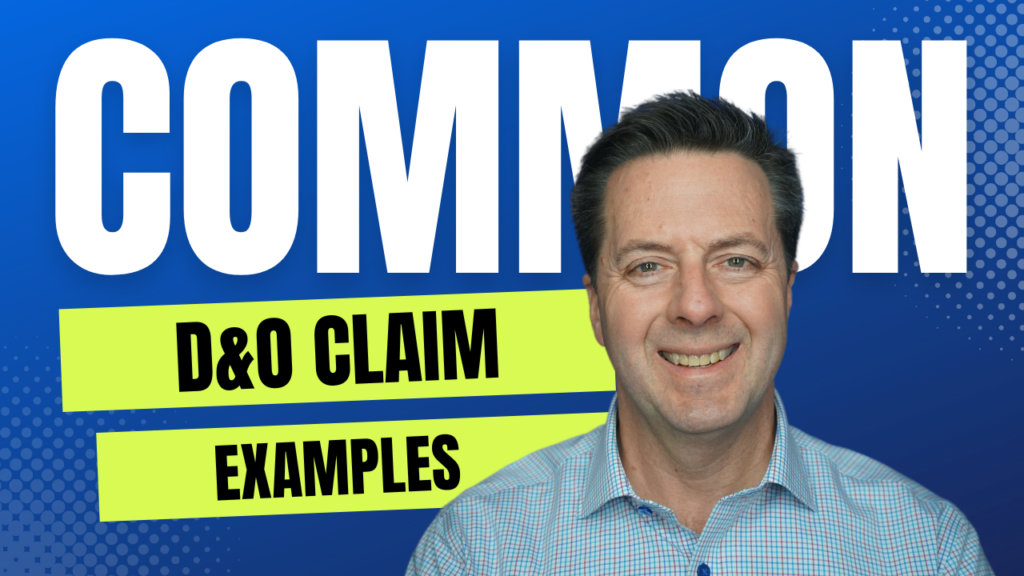Thinking of deploying a Captive ? Wondering if a Captive is Right for Your Business?
Captive Insurance arrangements can be a robust risk management tool that allows middle-market businesses to take control of their property/casualty insurance needs by creating their own insurance company.
There are a variety of captive arrangements that can be designed and tailored to fit the needs of different businesses. Each has its unique advantages as well as disadvantages. Fundamentally, it’s critically important for any business owner thinking of creating a captive to understand that they are placing their own capital at risk. That means decision-makers should enter this conversation with their eyes wide open. Companies considering a captive should start by analyzing their claim history. Companies with less than stellar claim history are not the best candidates for a captive, as you’ll probably end up paying more for risk transfer than you do for commercial insurance.
What Types of Companies are Eligible for Captive Insurance?
Generally speaking, most privately held commercial enterprises are eligible to establish a captive insurance company. Ideally, candidates for captive or alternate risk financing arrangements should have a profitable underwriting profile over the past five years, meaning a five-year loss ratio of 40% or less. In addition, current commercial insurance premiums should be in excess of $350,000.
There are other characteristics to consider, including:
- Creditworthiness – credit is used to collateralize certain obligations
- Profitability – some captives require a minimum of $1M of annual pre-tax profits.
- Insurable risks – Most captive arrangements are not interested in hazardous or uninsurable risks.
Dedication to Risk Management – before stepping into a captive, you need to have a well-documented and performing risk management process to prove to yourself that your loss experience results from “being good, and not just lucky.”
Why Being Good is More Important than Just Being Lucky.
This is a reference to risk control and risk management.
We’ve met a lot of decision-makers who believe they’re crushing it when it comes to managing risk when they show us zero to very low claims paid in their loss runs, which is something to be proud of!
But there’s an important question you’ve got to ask yourself BEFORE putting your own capital at risk.
Has your outstanding claims experience resulted from focused attention to managing company risk? Or have you just been lucky?
Look, being lucky is excellent, but being good is better. Being lucky and good is fantastic!
The bottom line is that you must be 100% confident in your team’s ability and history in managing your company’s risks. If you don’t have that level of confidence and are not sure where to turn, we can help.
The foundation of a solid risk management process is identifying the risks your company faces and then creating plans to handle those risks. We have partnered with a unique risk process firm to help our clients through these steps and to create the documents needed to carry out a good risk management plan. By engaging in this process, you’ll prepare your company to be “good,” so you have confidence in your risk management strategies.
Why Consider a Captive Insurance Arrangement for Your Middle Market Company?
As a middle-market business owner, you understand the importance of managing risks effectively while maintaining control over your insurance program. This is where a captive insurance arrangement can offer unique advantages tailored to your specific needs.
Control and Cost Management
One of the primary benefits of a captive insurance arrangement is the increased control it provides. By forming your own insurance company, known as a captive, you can customize coverage, set premiums, and establish underwriting guidelines that align precisely with your business’s risk profile. This level of control allows for more comprehensive coverage and can lead to more cost-effective insurance solutions.
Risk Mitigation and Savings
Captive insurance arrangements empower middle-market businesses to take a proactive approach to risk management. By assuming a portion of the risk within the captive, businesses can reduce reliance on traditional insurance policies, which may be subject to premium fluctuations and coverage limitations. Captives also provide the opportunity to capture underwriting profits and investment income, potentially leading to long-term cost savings.
Industry Versatility
Captive insurance arrangements suit various industries, including manufacturing, healthcare, technology, retail, wholesale distribution, or professional services. A captive can be structured to address the specific risks and challenges your industry faces. This flexibility makes captives a compelling option for middle market businesses across diverse sectors.
Challenges to Consider:
While captives offer significant benefits, it’s essential to be aware of potential challenges. Establishing a captive can involve upfront costs, including legal and administrative expenses, which should be carefully evaluated against the long-term advantages. Additionally, captives require businesses to post collateral and be prepared to pay claims out of pocket, subject to reinsurance caps. Understanding these financial commitments is crucial for making an informed decision.
In conclusion, a captive insurance arrangement offers middle market business owners the opportunity to enhance control, manage costs, and tailor coverage to their specific needs. While there are challenges to consider, the potential benefits make captives an appealing option for a wide range of industries. By partnering with knowledgeable professionals, you can navigate captive insurance’s intricacies and unlock its advantages
How much does it cost?
The cost of a captive is going to be different for every firm and every type of captive arrangement has its own costs.
Some captive “lite” arrangements we work with have little to no cost to establish.
Most other captive arrangements will require a feasibility study to be completed to see if it even makes sense to move forward with a captive and those studies run in the ballpark from $5,000 to $50,000 depending on the complexity of your firm.
The actual formation of a captive, which a captive manager does, can run from $35,000 to $80,000 or more, depending on the complexity of your firm and risk issues.
Our Favorite Captive Model for Smaller Mid-Market Firms
Our “sweet spot” in the alternate risk financing world focuses on firms that are currently spending between $350,000 and $1,200,000. This program is called RE-PAID and it simplifies the captive equation for this segment of the marketplace. If you have a five year loss ratio under 40%, feel optimistic about your risk controls and pay premiums in the band mentioned above, this may be a very effective program for you. It gives you greater control over the insurance marketplace with the opportunity to return a portion of the underwriting profits to you, without a lot of the hassles and costs of a traditional captive program.
In this video, I give a synopsis of what you can expect.
Read more about other Business Insurance Issues
Is it Cheaper to Buy Business Insurance Online Vs. Buying from an Agent?
For several years, I’ve been creating YouTube videos and article…
Health Supplement Recall Insurance
In this article, we’re going to look at product recall…
Equipment Breakdown Insurance for Manufacturers
What is Equipment Breakdown Insurance for Manufacturers? Equipment breakdown, mechanical…
Do You Need Insurance if You Have an LLC?
I’ve heard some startups question whether they need business insurance…
Business Insurance Rate Increases
As a business owner you may have seen your business…
Business Interruption Insurance for Manufacturers
Business Interruption Insurance for Manufacturers can be confusing insurance coverage…
Best Insurance for Small Manufacturing Business
Startup or small manufacturing business companies that turn to Google…
Do Tech Firms need General Liability Insurance?
Does a Tech Firm need General Liability Insurance? When we…
Shipping Chinese Products to U.S. | How Ocean Cargo Insurance works
Are you importing goods from China or other foreign locations…
Common D&O Insurance Claims for Middle Market Companies
https://youtu.be/AyK02mc1hIE In today’s unpredictable business landscape, one crucial aspect for…



